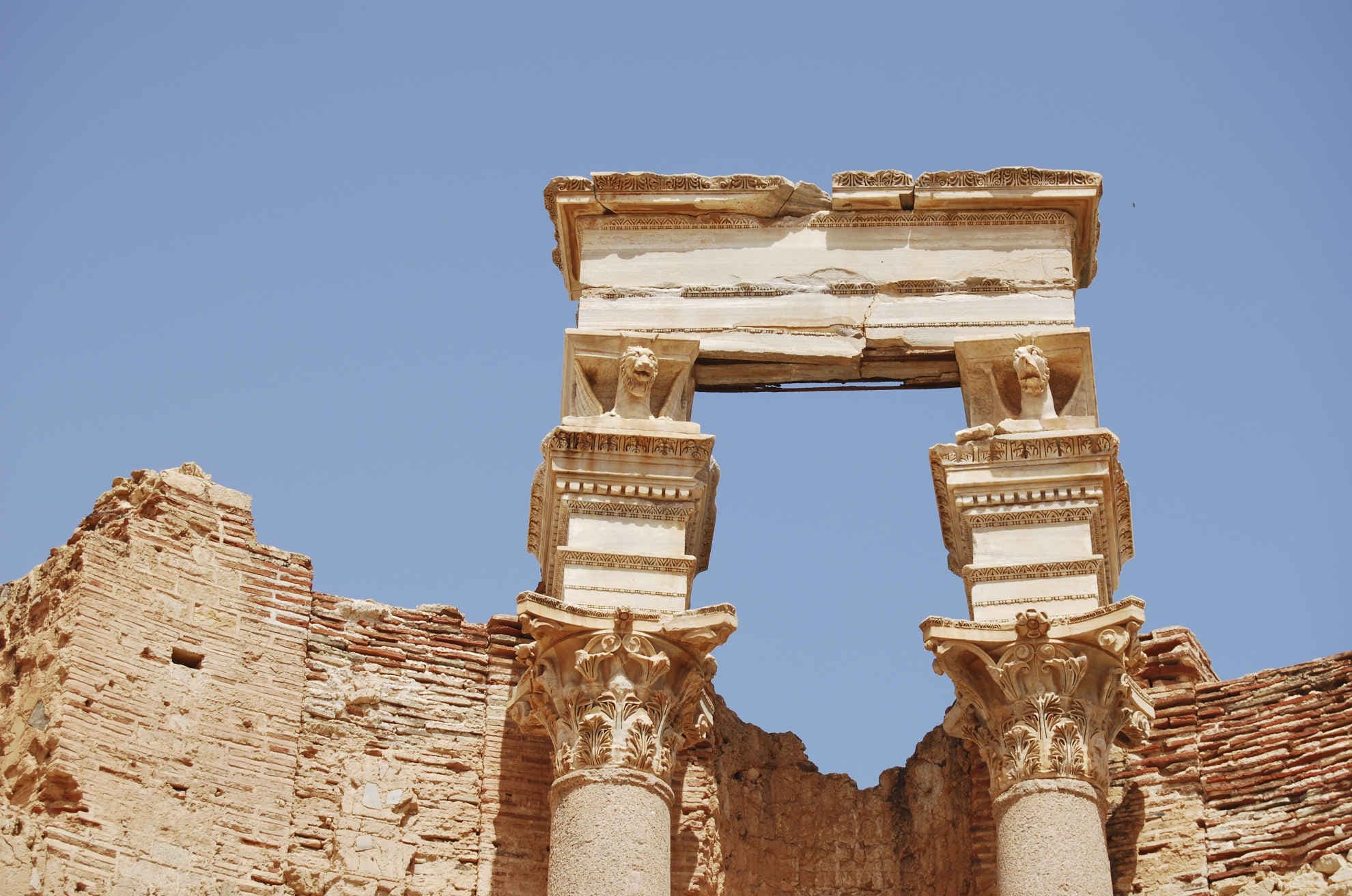Downloadable reference tables with STONE-MASTERS palaeographical vocabulary for Greek epigraphy
In our team, Julia Borczyńska was commissioned with exploring the way in which the authors of epigraphical handbooks treated the same letters shapes, and the following table presents the results of her work.
This comparison gave us the basis for future work but we also realized that existing solutions will not satisfy the needs of the project research. Not all letters shapes which we have so far encountered were covered in these handbooks, and, more importantly, the wording was not consistent regarding similar palaeographical phenomena.
As a result, below we propose our own version of the controlled vocabulary for the Greek epigraphical palaeography. The current version, as of March 2024, was prepared based on a very thorough examination of about 200 dated inscriptions selected from approximately 400 inscriptions from the an-Naqʿ cemetery from Zoara/Zoora, modern Ghawr as-Safi in Jordan. As in other cases, this was the testing ground for the empirical study of the methods adopted in our project. We focused on diagnostic features of the lettering, useful for the dating of inscriptions and the identification of “hands” of specific stonecutters. Hence only some letters are discussed in the breakdown as the shapes of others were too generic in order to serve this purpose. They were grouped according to cognate letter shapes rather than in the alphabetical order: alpha, delta, lambda, epsilon, sigma, theta, omicron, mu, nun, pi, omega.
As a rule, we did not discuss letter shapes with/without serifs, considering serifs and facultative decorations attachable to specific integral letter shapes.
The identified letter shapes were doublechecked by several team members and discussed during weekly team meetings over a period of about three months. The final list was put together by Lorena Pérez Yarza and Paweł Nowakowski prepared the graphic tables and the website description.
With time, this plain reference list will be developed and expanded based on the evidence from other sites where some peculiarities may occur. As our project is dedicated to tracing regional varieties in epigraphical styles, these will be duly noted.
